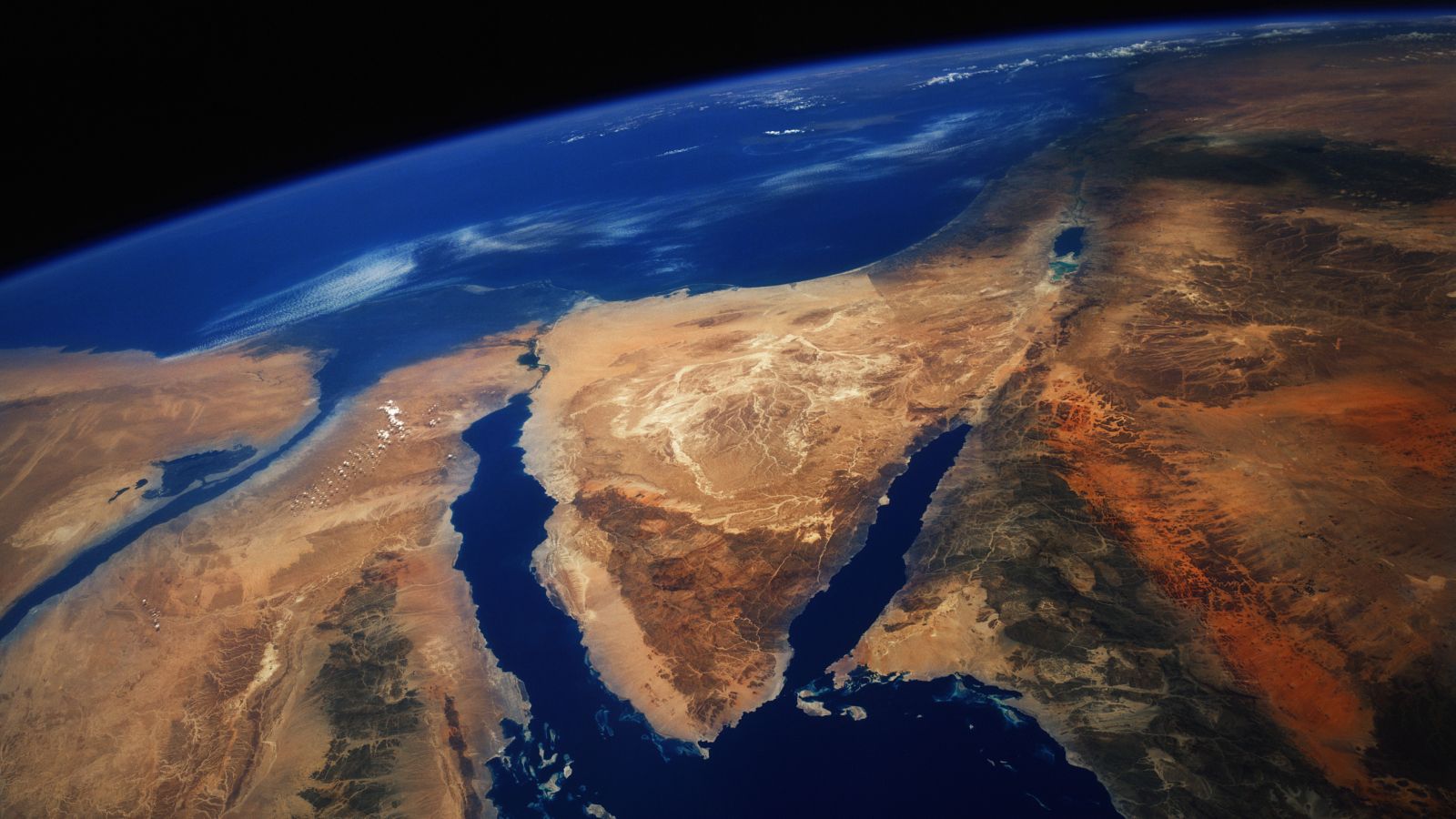The Book of Exodus tells of a miraculous parting of the Red Sea that allowed Moses and the Israelites to escape Egypt. Now, science has an older and more extreme tale to tell: About 6.2 million years ago, the Red Sea dried up completely.
Some millennia later, the dried seabed filled back up in a cataclysmic flood that may have carved a deep, nearly 200-mile-long (320 kilometers) submarine canyon into the Red Sea’s floor.
The Red Sea began to form 30 million years ago as the African and Arabian tectonic plates pulled apart, or rifted. It was a deep valley dotted with lakes until the Mediterranean Sea flooded it 23 million years ago. But just before 6 million years ago, the Red Sea underwent a 640,000-year “salinity crisis.” Sea levels dropped and salt levels skyrocketed, leading to deposits of salt up to 1.2 miles (2 km) deep in some places. Marine life died out.
Now, a new study of the seafloor reveals that the Red Sea entirely dried up during this crisis, becoming a dry, salty desert. This barren period ended with a flood from the Indian Ocean, which breached a volcanic ridge that separated the Red Sea from the Gulf of Aden, Pensa and her colleagues reported in their study, published Aug. 9 in the journal Communications Earth & Environment.
The researchers combined data on the rock layers beneath the Red Sea with seismic data that can demarcate the layers of sediment and salt laid down during the sea’s history. They found an unconformity throughout the seabed — a place where older, tilted sedimentary layers were suddenly overlain by a horizontal layer of rock. The consistency of this layer indicates that the whole sea desiccated during this time period.
To date the events, the researchers tracked changes in radioactive strontium that varies at a known rate in the oceans. They also studied microfossils, which were largely absent between 14 million and 6.2 million years ago, when the Red Sea was either extraordinarily salty or completely dry. After 6.2 million years ago, fossils of marine creatures such as sea snails and bivalves return.
The researchers argue that the water — and life — returned because the Indian Ocean broke through a ridge of volcanoes and seamounts in the Gulf of Aden known as the Hanish Sill.
This would have happened quickly, in less than 100,000 years, and may have been forceful enough to scour a 200-mile-long, 5-mile-wide (8 km) submarine canyon that still runs from the Gulf of Aden to the Red Sea today.
